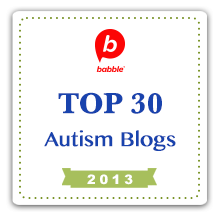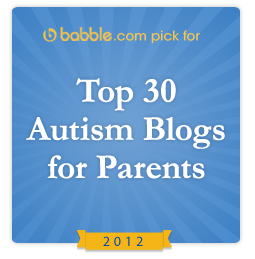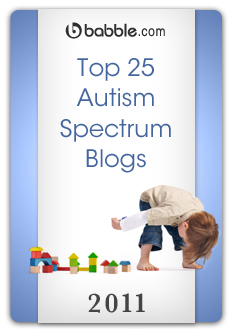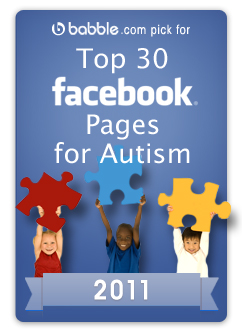Religious Belief Systems of Persons with High Functioning Autism
Source: http://csjarchive.cogsci.rpi.edu/proceedings/2011/papers/0782/paper0782.pdf
Abstract
The cognitive science of religion is a new field which explains religious belief as emerging from normal cognitive processes such as inferring others’ mental states, agency detection and imposing patterns on noise. This paper investigates the proposal that individual differences in belief will reflect cognitive processing styles, with high functioning autism being an extreme style that will predispose towards nonbelief (atheism and agnosticism). This view was supported by content analysis of discussion forums about religion on an autism website (covering 192 unique posters), and by a survey that included 61 persons with HFA. Persons with autistic spectrum disorder were much more likely than those in our neurotypical comparison group to identify as atheist or agnostic, and, if religious, were more likely to
construct their own religious belief system. Nonbelief was also higher in those who were attracted to systemizing activities, as measured by the Systemizing Quotient.
Translation
This study is pretty straight forward… the researches picked 192 individuals from an Autism website that discussed religion and also had 61 individuals with HFA (High Functioning Autism) fill out a survey.
The results showed that these people were more inclined to be atheist or agnostic in comparison to similar groups of NT (neurotypical) individuals.
The “Systemizing Quotient” is essentially a measure of how analytical a person is, or how likely they are to construct systems… rules, mathematics, abstracts and so forth.
My Opinion
This is simply my opinion of the story, stop reading if you do not want opinions and are happy just having read the details of the original study itself.
Personally, I’ve often wondered about this myself as the logical, analytical mind is often far more drawn to an area of science rather than faith… however, even in a study like this, even with over 250 people involved, it’s still highly questionable since the researchers are drawing conclusions from conversations about opinions.
Opinions are very difficult to measure to begin with, much less when it’s among random conversations that you’re not involved with… involving groups that you may not fully understand. There’s no mention of how much Autism expertise these researchers have.
There was a “coding principle” which is outlined in depth within the study but still, even “principles” have their faults via human interpretation.
Even if accurate, I’m not sure what purpose this study serves other than general curiosity.
“Autism Study of the Month”
The purpose of the Autism Study of the Month series is to provide unpolluted (by the media) information about the studies released at least once a month in the study of possible Autism causes or risks.
You will find links to the actual studies, get to read the “abstract” of the study and, when possible, get the PR release from the source.
When it comes to science, let’s leave the media out of it.














